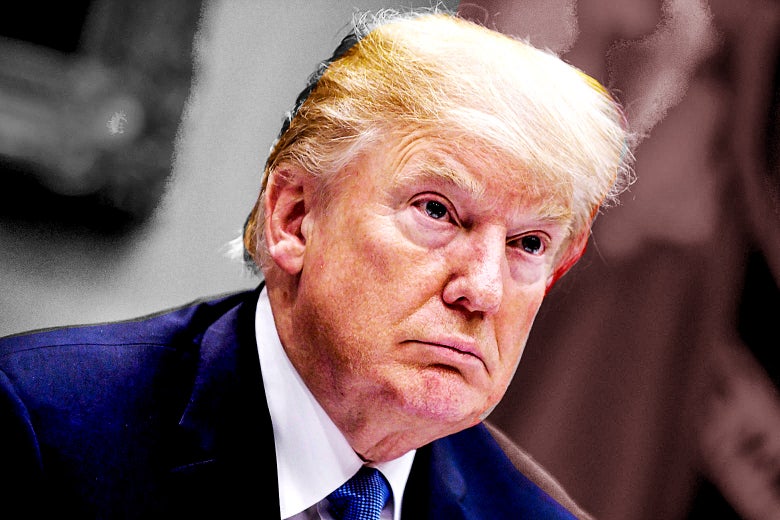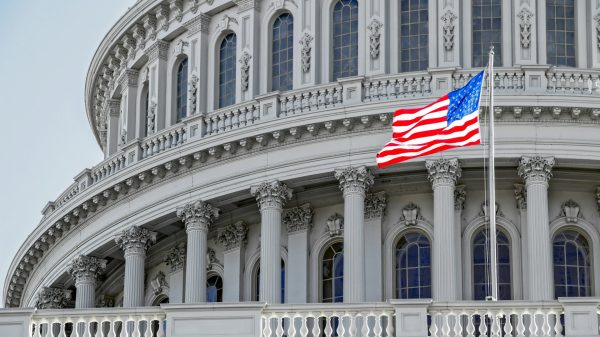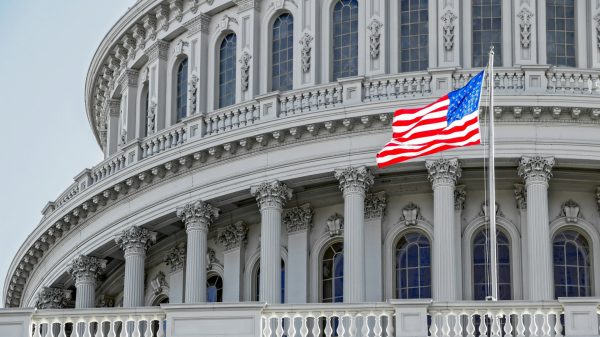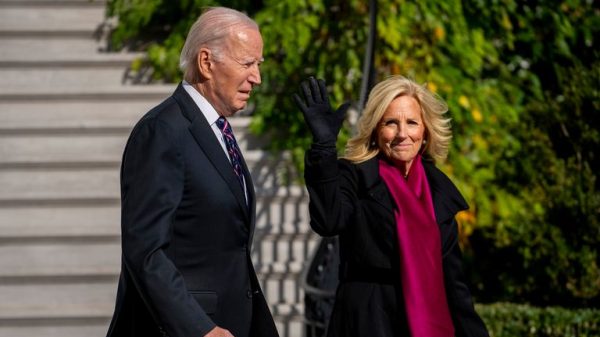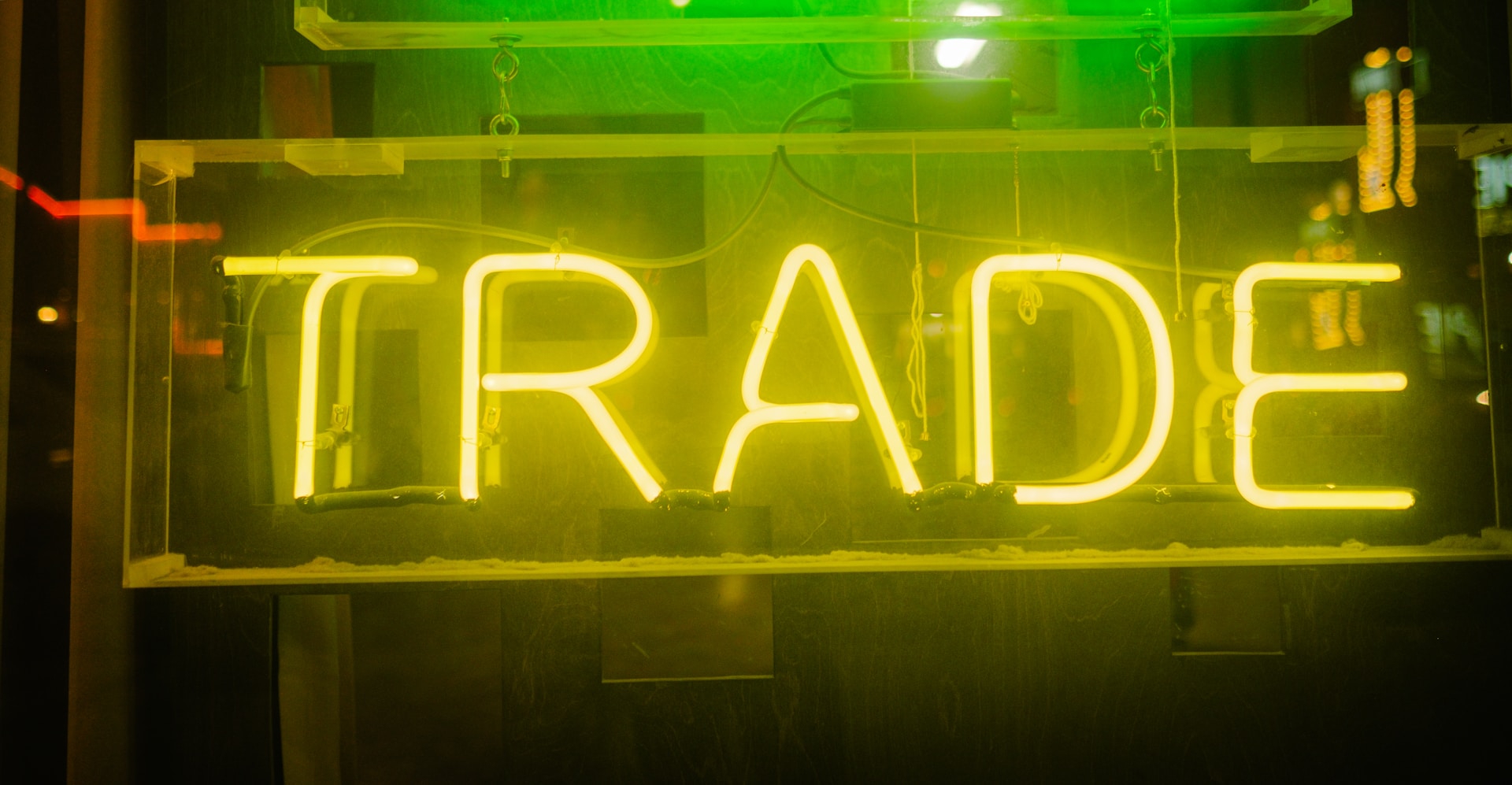The July 27, 2025 trade deal between the EU and US—setting a 15 % tariff baseline on most EU exports, with 50 % on steel, in exchange for EU commitments to purchase $750 billion in U.S. energy and invest $600 billion—underscores both the strengths and vulnerabilities in Europe’s negotiating posture ‘
Strengths:
- Preemptative diplomacy helped avert a tariff escalation that was likely to reach 30–50 %, offering short‑term market stability for EU exporters.
- The EU secured zero‑tariff carve‑outs for high‑sensitivity sectors like aircraft, chemicals and semiconductors, softening the blow (LSE Blogs).
Weaknesses:
- The deal has been widely characterised as asymmetric—Europe conceded more in tariff exposure and long‑term obligations than the U.S. did in market opening (Reuters).
- EU internal divisions—especially between Germany’s auto lobby and others—weakened a unified negotiating front, limiting leverage (Financial Times).
Rethinking EU Strategy: From Washington to Delhi and Beijing
EU–India: Can Recovery Be More Balanced?
Trade between the EU and India has nearly doubled in a decade—it reached over €120 billion in goods in 2024, though India remains only the EU’s ninth-largest goods partner (~2.4 %) (Trade and Economic Security).
- Opportunity: With India growing fast and pursuing major deals with the U.S. and UK, a EU‑India FTA could unlock services, digital flows, and investment; estimates suggest up to 65 % trade boost (Policy Circle).
- Barrier: Talks remain stalled over market access (cars, Agri, pharma), IP rights, visa regimes, and regulatory divergence (EU Institute for Security Studies).
- Silver lining: Both sides agreed to finalize a Free Trade/Investment Agreement by end‑2025, with progress made on non‑controversial chapters and an EU‑India Trade & Technology Council now active (GIS Reports).
Lesson from US deal: The EU may need a clearer strategy—linking trade to broader strategic ties in digital, climate, and tech—and to resist disproportionate concessions in return for limited access.
EU–China: Balancing Engagement and Defence
China remains the EU’s largest source of imports (€520 billion) and third-largest export destination (€214 billion) in 2024 (Trade and Economic Security).
- Historic gains: The EU‑China Comprehensive Agreement on Investment (CAI) marked a rare opening of Chinese markets on equity caps and joint‑venture requirements—though implementation has stalled amid political friction (Wikipedia).
- Persistent friction: The EU has countered with anti‑dumping duties on Chinese EVs, construction machinery, and tinplate steel—and has launched probes into market access barriers (Wikipedia).
- Multilateral leverage: While the EU and US share concerns over China’s state‑led industrial model, intellectual property and subsidies, they diverge on methods; the EU avoids heavy tariffs in favour of WTO reform and selective defense action (chathamhouse.org).
Takeaway: The lesson from the U.S. deal is: reciprocity alone isn’t enough. The EU needs rigorous enforcement, strategic alignment with like‑minded partners, and behind‑the‑scenes pressure (e.g. investor protection, regulatory transparency) as much as headline FTA caps.
What the U.S. Deal Signals: A Global Framework for EU Deals
1. Manage internal cohesion before external deal
The internal split that limited EU leverage in sharp trade talks with Washington shows why member unity is essential before major negotiations—especially with China & India.
2. Define red lines early
The EU’s shifting strategy—from aiming for “zero-for-zero” tariffs to accepting 15 % baseline—demonstrates the importance of pre‑defined thresholds. Those must guide China/India talks too.
3. Tie trade to geopolitical strategy
With India, a closer trade deal aligns with Indo‑Pacific strategy. With China, investment deals can be paired with demands on transparency, sustainability, and WTO reform.
4. Diversify supply chains, don’t double down
McKinsey data suggests Europe provides 55 % of global export capacity to replace Chinese goods in U.S. markets—a strategic position to diversify both eastward (China/India) and westward (U.S.) (Hinrich Foundation, Reuters).
A Turning Point
The U.S. deal shows Europe’s trade strengths and weaknesses in sharp relief—a capacity to negotiate under duress, but a tendency to concede from a divided position. To build better trade partnerships worldwide, Brussels must blend tactical flexibility with strategic coherence—embedding trade negotiations in broader goals, preserving internal unity, and insisting on enforceable terms.
The path toward agreements with India or China won’t mirror the transatlantic deal. But the lessons are clear: trade should reinforce autonomy, not undermine it; strategic ties should support grassroots business access; and turning talks into “sustainable partnerships” requires more than tariffs—it demands vision.




